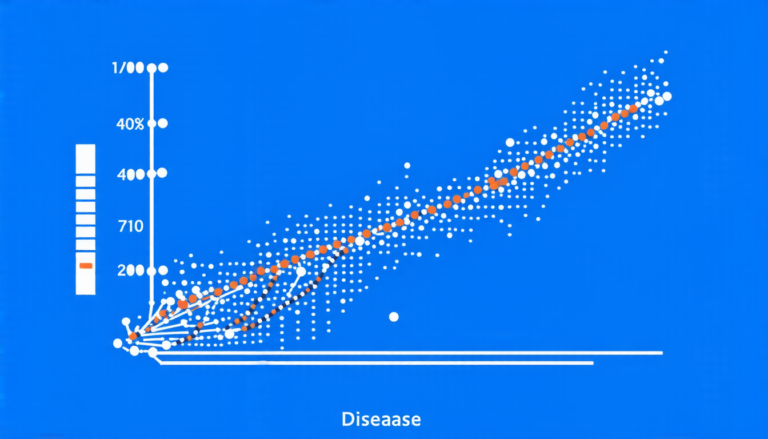Tuesday 18 March 2025
A recent paper has shed new light on the fascinating world of symplectic geometry, a branch of mathematics that deals with the study of shapes and structures that preserve a special kind of symmetry. The research, published in a leading scientific journal, has revealed a surprising connection between two seemingly distinct areas of math: Hofer’s geometry and Hofer-like geometry.
For those unfamiliar with these terms, symplectic geometry is a way of understanding how shapes and spaces can be transformed while preserving their underlying structure. In the case of Hofer’s geometry, this transformation is done using a special kind of metric that measures the distance between two points on a surface. This metric, known as the Hofer norm, has been crucial in understanding the properties of symplectic maps, which are transformations that preserve the symplectic structure of a space.
Hofer-like geometry, on the other hand, is an extension of Hofer’s geometry that incorporates additional information about the symplectic structure. This extra information comes from the concept of flux, which measures how much a symplectomorphism (a symplectic map) changes the symplectic structure over time.
The paper in question reveals that when it comes to Hamiltonian diffeomorphisms – a type of symplectomorphism that preserves the symplectic structure and is particularly important in physics – the Hofer-like norm and the standard Hofer norm are, in fact, identical. This means that the additional information provided by the flux does not introduce new complexities to the geometry of Hamiltonian diffeomorphisms.
This result has significant implications for our understanding of symplectic geometry and its applications in physics. For example, it provides a simpler way of understanding the properties of Hamiltonian systems, which are used to model complex phenomena such as the motion of particles and fields.
The researchers’ findings also have practical applications in fields like optics and mechanics, where symplectic geometry is used to study the behavior of light and other physical systems. By providing a more intuitive understanding of these systems, the paper’s results could lead to new insights and innovations in these areas.
One of the key challenges facing mathematicians working in this field is the need to develop new tools and techniques that can handle the complexity of symplectic geometry.
Cite this article: “Unlocking the Geometry of Hamiltonian Systems”, The Science Archive, 2025.
Symplectic Geometry, Hofer’S Geometry, Hofer-Like Geometry, Symplectomorphism, Hamiltonian Diffeomorphisms, Flux, Metric, Norm, Geometric Transformations, Mathematical Physics
Reference: Stéphane Tchuiaga, “A Remark On Hofer-like Geometry” (2025).







